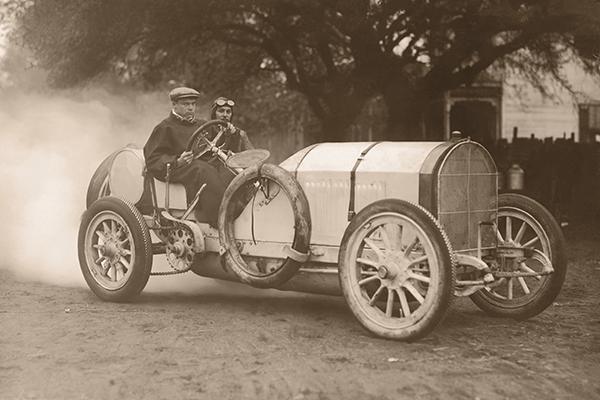Movie Theaters: A Childhood Memory or Strong Soldier?

Article Highlights:
- Streaming services are on the rise, but don’t count out theaters.
- Understand what consumers want to improve operations.
When was the last time you went to a movie theater for a new release? For many, it was pre-pandemic. This is for a couple of reasons. One, consumers are hesitant to return to theaters due to health and safety concerns. And two, there is explosive growth in the streaming services arena.
I want to focus on the latter. The pandemic certainly accelerated the idea that movie theaters are a dying breed, and one would think they’ve been well on their way to extinction for quite some time as more and more streaming services have become available: Netflix, Hulu, Disney+, Paramount+ – this list continues to grow every year.
So the question is… are we at the point of movie theaters being just a childhood memory?
Before you jump to conclusions, let’s look at the facts. ENGINE Insights recently conducted a study to measure interest in going out to a movie. There were some interesting takeaways:
- 48% of U.S. adults are willing to make a trip to the theater within the next week.
- 54% of millennials have purchased a new movie to stream at home and will continue to do so, while this number drops to just 14% for baby boomers.
- When asked about paying to watch new movie releases, nearly three times the respondents said they would pay to watch it in a theater versus pay to stream it at home.
The study goes on to dissect different demographic profiles in more detail, but it’s clear not everyone wants a living room experience.
The adrenaline of watching on debut weekend, comfy lounge chairs, snacks on standby, the pounding sound systems – consumers are willing to pay for the experience, not the product.
While movie theaters can be a childhood memory to fondly look back on, they’re also a pretty tough soldier making everyone else think twice about the odds of survival. It’s safe to say they aren’t going away any time soon.
So what does any of this have to do with automotive retail?
With what the past 24 months has brought us, consumers are living their lives in an expanded digital and online era. They want speed, convenience, and simplicity. Because of that, many dealerships are shifting to a fully online mindset, thinking it’s what consumers want. So much so that some are even questioning the life expectancy of the traditional brick and mortar dealership model altogether.
However, a very large percentage of consumers still prefer an in-store experience – or parts of it anyway – and what that has to offer: connecting with people, touching and seeing their new ride, feeling more secure face-to-face, and finding comfort in signing loan documents for what is likely the second largest purchase of their life.
The point is… we cannot lose touch with what consumers value and are willing to pay for. We must understand the root of their preferences. It’s the Disney’s that have this figured out. They understand customers want options and they are able to monetize different experiences. For Disney, new movie releases run exclusively in theaters for 45 days and then are available on-demand. It’s not either/or. It’s both.
Some consumers want to do everything online, and that’s great. Some want to do everything in-store, and that also works well. But a vast majority want to start online and end in-store, or vice versa.
Your in-store process doesn’t have to compete or battle with your online process. In fact, it shouldn’t.
Regardless of where the sales and F&I process stops or starts, it has to be smooth and pain-free for every customer, every step along the way. No one wants to reenter the same information more than once. No one wants to feel their time is wasted. No one wants to feel disconnected from the process or the dealership.
It’s for this reason that a single unique identifier for every customer, every vehicle, and every transaction is key. When you work with a consistent and accurate data set, only then can you make appropriate business decisions on how to meet customers’ needs – both online and in-store. Only then can you truly understand what makes the online and in-store experiences so valuable.
As much as online retailing has surged in the past year, the dealership model is tried and true – much like your average movie theater. Look within and outside your dealership’s four walls and evaluate how well you are meeting customer preferences… will your dealership become a faint memory or a soldier forging on?
Related Articles:

From Mailbox to Inbox: A Hybrid Approach to Reaching Your Customers
It’s easy to weigh the pros and cons of an email marketing strategy versus a direct mail one. Email marketing delivers your message to customers…

Crafting a Winning Story: Dealership Lessons from Olympic Opening…
While most dealerships aren’t getting Olympic-level coverage, it’s still important to think about what kind of story you’re conveying to consumers.

The Evolution of Cars and Consumer Expectations
Have you ever thought about how far the automotive industry has come since the creation of the first car? From three-wheeled cars to punch-inducing Volkswagen Beetles…

4 Things Every Dealership Can Do to Prepare for Future Success
Right now, your dealership is successful and running smoothly. That’s a great first step towards ensuring future success, but there’s always more work to do.…















